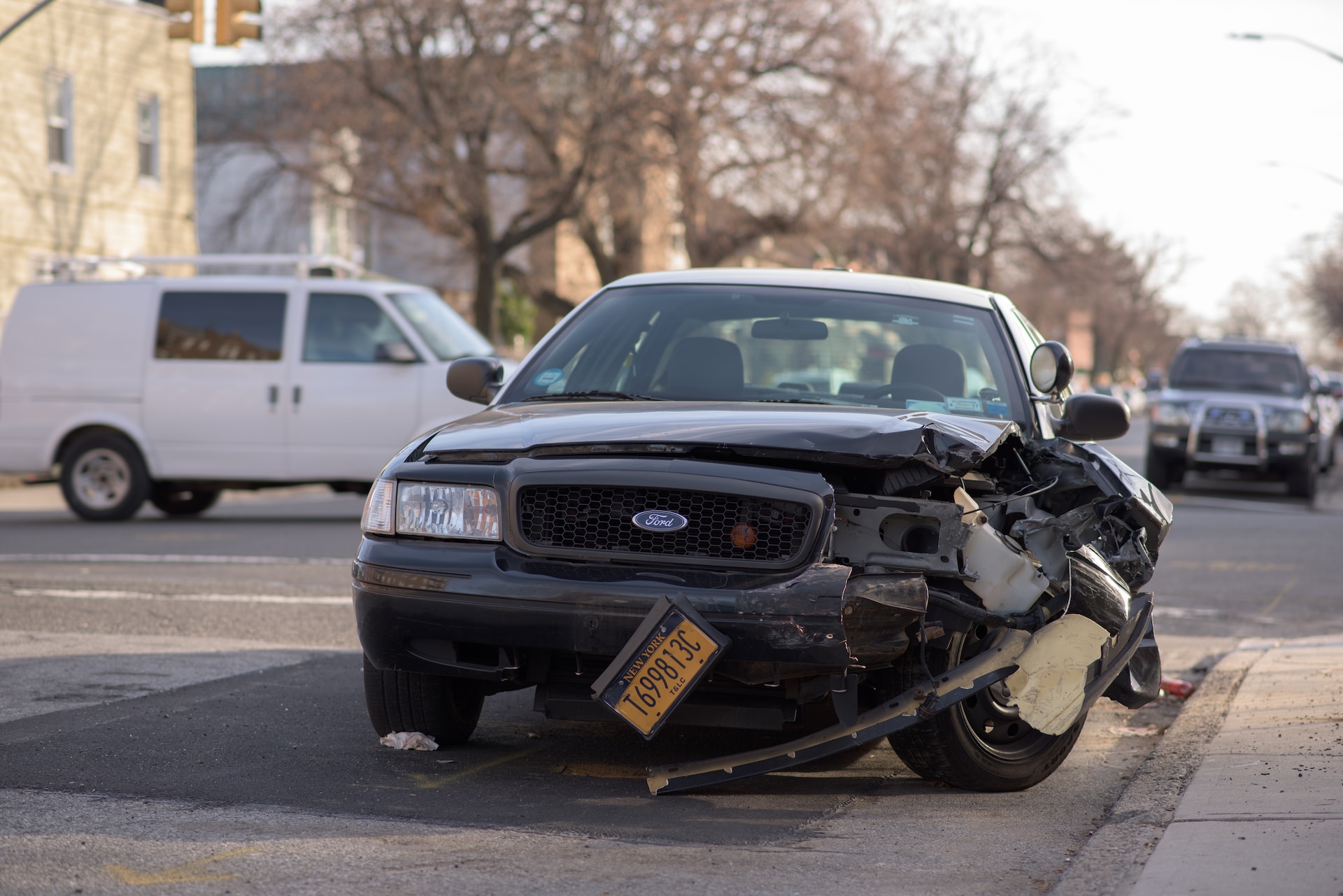
Road accidents are a common occurrence in the US, and they can have devastating consequences. In addition to the physical and emotional trauma, road accidents can result in significant financial losses. This guide provides a brief overview of the road accident laws in the US, including liability, damages, and insurance requirements.
Liability
Liability refers to the legal responsibility for an accident. In the case of road accidents, liability is usually determined by the driver’s negligence. Negligence can be defined as the failure to exercise reasonable care while driving. Some examples of negligent driving include speeding, running a red light, and driving under the influence of drugs or alcohol.
In most states, liability is based on the principle of comparative negligence. This means that each party’s degree of fault is considered when determining liability. For example, if a driver is found to be 80% at fault for an accident, they may be liable for 80% of the damages.
Damages
Damages refer to the compensation that is awarded to the victim of an accident. There are two types of damages: economic and non-economic.
Economic damages are meant to compensate the victim for financial losses, such as medical expenses, lost wages, and property damage. Non-economic damages are meant to compensate the victim for their pain and suffering, emotional distress, and loss of enjoyment of life.
In some cases, punitive damages may also be awarded. Punitive damages are meant to punish the at-fault party for their behavior and to deter others from engaging in similar behavior.
Insurance Requirements
All states require drivers to carry a minimum amount of liability insurance. The minimum amount varies by state but is typically around $25,000 for bodily injury per person, $50,000 for bodily injury per accident, and $10,000 for property damage per accident.
In addition to liability insurance, some states also require drivers to carry personal injury protection (PIP) insurance. PIP insurance covers medical expenses and lost wages for the driver and passengers involved in an accident, regardless of who was at fault.
Some states also require uninsured/underinsured motorist coverage. This coverage is meant to protect drivers if they are involved in an accident with an uninsured or underinsured driver.
Statute of Limitations
The statute of limitations refers to the time limit for filing a lawsuit. In most states, the statute of limitations for personal injury claims resulting from a road accident is two to three years from the accident date. For property damage claims, the statute of limitations is typically three years.
It is important to note that the statute of limitations can vary by state and by the type of claim. It is important to consult with an attorney to determine the statute of limitations for your specific case.
What To Do After a Road Accident in the US
Stay Calm
Take a deep breath and try to remain as calm as possible. It’s important to think clearly and make rational decisions after a road accident.
Check for Injuries
Assess yourself and any passengers for injuries. If anyone is injured, call 911 immediately and inform the operator of the injuries. Do not attempt to move an injured person unless they are in immediate danger.
Move to a Safe Location
If possible, move your vehicle to the side of the road or a safe location away from traffic. Turn on your hazard lights and use cones or flares if you have them to warn other drivers of the accident.
Call the Police
Even if the accident seems minor, it’s important to call the police to report the incident. They will create an official accident report, which may be necessary for insurance purposes or legal claims.
Exchange Information
Exchange contact and insurance information with the other driver(s) involved in the accident. This should include names, addresses, phone numbers, insurance companies, and policy numbers. Do not admit fault or discuss the details of the accident with the other driver(s).
Take Photos and Document the Scene
If it’s safe, take photos of the accident scene, including damage to the vehicles, the road conditions, traffic signs, and any other relevant details. This can be helpful evidence for insurance claims or legal cases.
To Sum Up
Road accidents can have significant legal and financial consequences. The driver’s negligence usually determines liability, and damages can include both economic and non-economic losses. All states require drivers to carry minimum liability insurance; some require additional insurance coverage. It is important to know the statute of limitations for filing a lawsuit, which can vary by state and type of claim. If you have been involved in a road accident, it is important to consult with an attorney to determine your legal rights and options.
Are you looking for an accident car lawyer? Car Accident Help can help you. Get in touch with us.